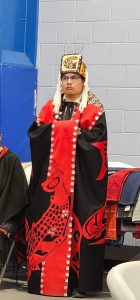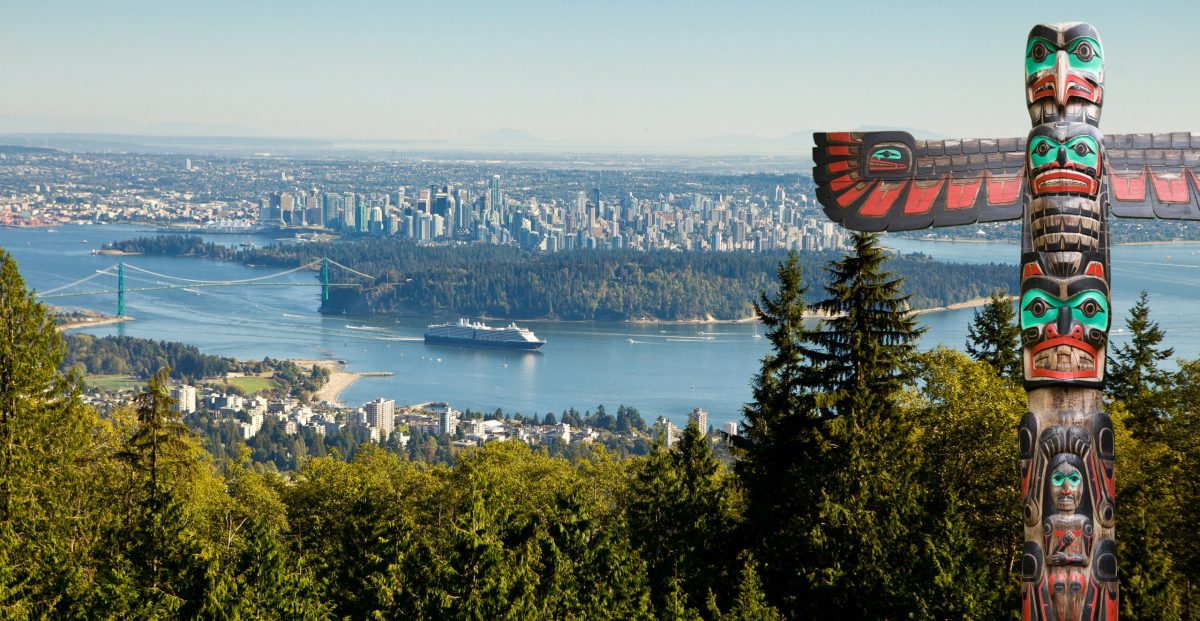Land acknowledgements are offered to acknowledge the Indigenous land that you are on. They have been happening for a long time across Canada but are heard more frequently since 2015. It has been happening before sports games begin or even before events and meetings in post-secondary schools.
Many Nations used to do them all the time when they would travel by boat or in a canoe. Before going on the land, a Hereditary Chief would speak and say where they from and ask permission to come onto the land, as well as state the purpose of the visit.
Before you do a land acknowledgement, you have to know where you come from. When you speak, you introduce yourself and say where you are from then offer the land acknowledgement. Before you go into an event or a meeting, you need to look at your staff and see who has been there the longest, then that’s the person that would do it. If that person is not there, you determine who else can do it. If you have a local Nation member there, that person, or an elected Chief, or a Hereditary Chief, would offer a protocol welcome.
A protocol welcome can only be offered by someone from the local Nation, whereas a land acknowledgement can be done from a non-Indigenous person, or an Indigenous person that is a visitor.
An example for a land acknowledgement
Here is an example for a land acknowledgement:
My name is _______ and I’m from _______. Before we begin today’s meeting or event, I would like to acknowledge that we are on the unceded territories of Musqueam, Squamish, and Tsleil-Waututh Nations.
Take some time and talk with an Elder to know more about land acknowledgments. If you have any more questions you can email BCIT Indigenous Initiatives and Partnerships at gathering_place@bcit to learn more about land acknowledgements.
Learn more about resources and supports from BCIT Indigenous Initiatives and Partnerships, including an Indigenous Awareness course available for the community.

About Kobie Smith
Kobie Smith is from Haisla Nation, a small community in Kitimat BC. He is one of the newest Hereditary Chief for the Salmon Clan. His Hereditary Chief name is Hemajalas. Kobie is a BCIT Indigenous Student Champion and 2024 graduate of the BCIT Broadcast and Online Journalism program. At a very young age, he knew he wanted to be a sports play-by-play broadcaster. So, in 2021, he applied and got into the BCIT program. At BCIT, he had the chance to broadcast with CFNR in Prince Rupert, BC, at the All-Native Basketball tournament. He also worked on telling positive Indigenous stories and showcasing Indigenous voices. As class valedictorian and a recent graduate, Kobie hopes to be a sports play-by-play broadcaster and be a role model for Indigenous Youth to “chase their dreams and never give up”.
(Photo source: MDoubrava, Getty Images)
